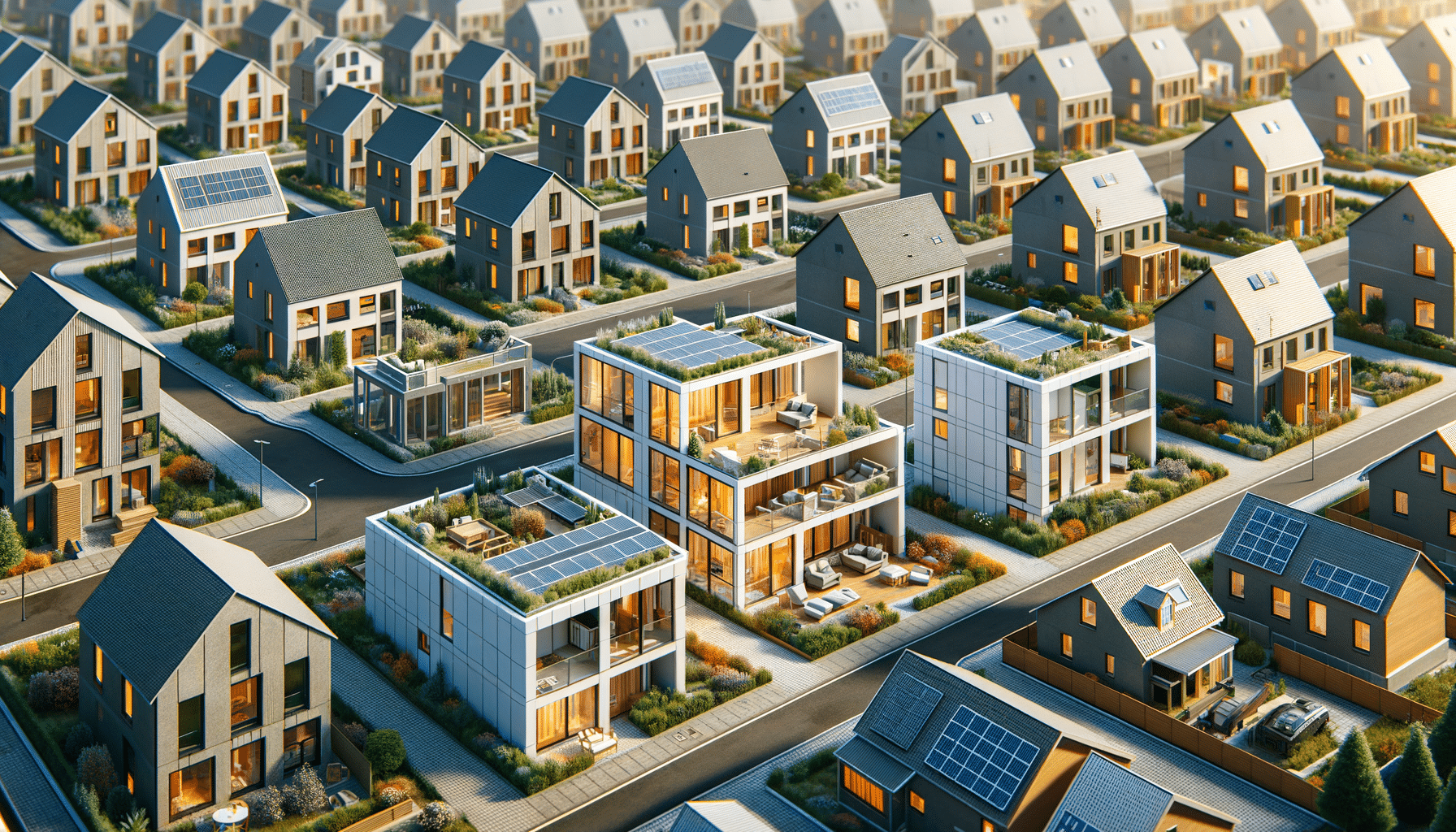
Exploring the World of Prefabricated Modular Homes
Introduction to Prefabricated Modular Homes
Prefabricated modular homes are revolutionizing the housing industry by offering a modern, efficient, and often more affordable alternative to traditional home building. As housing demands increase globally, these homes provide an innovative solution that caters to a variety of needs and preferences. Prefabricated modular homes are constructed in sections, or modules, in a factory setting. These modules are then transported to the home site and assembled into a complete structure. This method allows for greater quality control, reduced waste, and faster construction times compared to conventional building methods.
The relevance of prefabricated modular homes has grown significantly in recent years, driven by advancements in technology and a heightened focus on sustainability. They offer a flexible approach to home design, accommodating everything from minimalist single-family homes to expansive multi-story residences. For those considering a new home, understanding the benefits and considerations of prefabricated modular homes can be crucial in making an informed decision.
The Construction Process of Modular Homes
The process of constructing prefabricated modular homes is both fascinating and efficient. It begins in a controlled factory environment where modules are built using precise specifications. This setting allows for high-quality standards as the construction process is not subject to weather delays or site-specific challenges. Each module is constructed with plumbing, electrical wiring, and insulation already in place, ensuring that once they are transported to the site, assembly can proceed swiftly.
Once the modules are completed, they are transported to the home site. This transportation is a critical phase as it requires careful planning to ensure the modules arrive safely and on time. At the site, skilled workers assemble the modules on a pre-prepared foundation. The process of joining these modules is meticulously executed to ensure structural integrity and seamless design.
This method of building not only speeds up the construction timeline but also minimizes waste. Materials are used more efficiently in the factory, and any excess can be recycled or repurposed. The controlled environment also means that prefabricated modular homes often have a lower environmental impact compared to traditional construction methods.
Advantages of Prefabricated Modular Homes
Prefabricated modular homes come with a host of advantages that make them a compelling choice for many homebuyers. One of the primary benefits is the reduced construction time. Since modules are built in a factory, the construction process is not affected by weather conditions, allowing for a more predictable timeline. This can be particularly advantageous in regions with harsh climates where traditional construction might be delayed.
Cost efficiency is another significant advantage. The streamlined construction process and bulk purchasing of materials often result in lower overall costs. Additionally, the reduced construction time means fewer labor costs, making prefabricated modular homes a financially attractive option.
Quality control is enhanced in the factory setting, where each module is built to meet stringent standards. This controlled environment ensures that the homes are built with precision, reducing the likelihood of errors and defects. Furthermore, modular homes are designed to be energy-efficient, often incorporating sustainable materials and technologies that reduce energy consumption.
Challenges and Considerations
While prefabricated modular homes offer numerous benefits, there are also challenges and considerations to keep in mind. One of the primary concerns is the perception of quality. Some potential buyers may associate modular homes with lower quality due to misconceptions about prefabrication. However, advancements in technology and design have significantly improved the quality and aesthetics of these homes.
Another consideration is the initial investment in land and site preparation. Unlike traditional homes, where the land is often included in the purchase, modular homes require buyers to secure land separately. This can add to the overall cost and complexity of the project.
Lastly, customization options may be limited compared to traditional builds. While many modular home companies offer a range of designs and finishes, highly specific customizations may not be as feasible. It’s essential for potential buyers to thoroughly research and choose a modular home provider that aligns with their design preferences and budget.
The Future of Prefabricated Modular Homes
The future of prefabricated modular homes looks promising as they continue to gain popularity and acceptance. As technology advances, the potential for customization and design innovation in modular homes is expanding. New materials and construction techniques are being developed to further enhance the efficiency and sustainability of these homes.
Moreover, the growing emphasis on sustainable living is driving interest in modular homes. Their efficient use of resources and potential for energy savings align well with the increasing demand for environmentally friendly housing solutions. As urbanization continues to rise, modular homes offer a scalable solution to meet housing demands in densely populated areas.
In conclusion, prefabricated modular homes are poised to play a significant role in the future of housing. They offer a blend of efficiency, affordability, and sustainability that appeals to a wide range of homebuyers. As the industry continues to evolve, these homes are likely to become an increasingly attractive option for those seeking a modern and practical living solution.


